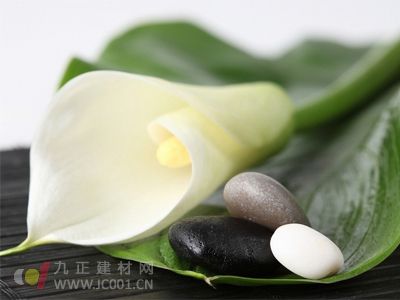Introduction of Calla Lily Hydroponics
Calla lily, also known as the sage flower, the genus Calla genus, perennial evergreen perennial herb. Calla Lily is warm, moist and slightly shaded, not resistant to cold and drought. The growth temperature is 15-25 ° C, and the winter temperature is 10 ° C or more. It is a potted flower that is loved by flower lovers. Its flowers and leaves can be used as cut flowers. Its roots retain the genetics of aquatic plants and can be adapted to indoor hydroponic culture under non-polluting cultivation conditions. Hydroponic calla is usually used in shallow water to make it easy and effective. First, hydroponic varieties. Hydroponic calla are usually selected from the group of short, compact white-handled species, safflower calla and silver-flowered calla. Second, hydroponic solution. The calla nutrient solution can be formulated with the following nutrient solution: calcium nitrate 800g, potassium dihydrogen phosphate 210g, magnesium sulfate 250g, potassium nitrate 500g, ammonium nitrate 30g, ethylenediaminetetraacetic acid iron salt 10g, manganese sulfate 2g, sulfuric acid 1 g of zinc, 1.3 g of boric acid, 0.15 g of copper sulfate, and 0.1 g of ammonium molybdate. In the early growth stage of calla lily, the concentration of nutrient solution can be controlled at 1.2ms/cm; in the middle and late growth period, it can be appropriately increased to 1.5ms/cm, and the pH value of nutrient solution is controlled between 5.6-6.5 during the whole growth period. The supply of nutrient solution is mainly determined according to the weather conditions and the size of the plant. Usually, the liquid is supplied 2-3 times a day to ensure that the cultured substrate layer is wet and there is a shallow water layer at the bottom of the tank. Third, hydroponic management and pest control. The management of calla plants is relatively simple, mainly to remove yellow leaves and some outer leaves. The purpose of stripping the leaves is to avoid the crowding of the leaves, which affects the lighting and ventilation, and the pedicels stick out. The pests and diseases of calla are mainly bacterial soft rot, aphids, red spiders and the like. Bacterial soft rot can damage leaves, petioles and tubers, mainly from tuber-borne bacteria, and can be controlled by 500 times spray of Bordeaux mixture at the initial onset. Fourth, hydroponic points. The water culture of calla is essentially anoxic cultivation, so zero pollution must be achieved. Because if the nutrient solution is contaminated by organic substances, the oxidation of these organic pollutants requires the consumption of dissolved oxygen in the water under the action of microorganisms. When the pollution is more serious, the oxidation proceeds very quickly, and the nutrient solution can not absorb enough oxygen from the air to supplement the oxygen consumption, the dissolved oxygen in the water will gradually decrease, and even close to zero. At this point, the anaerobic bacteria multiply and become active, causing anaerobic decay of organic pollutants in the water. This decomposition produces undesirable gases such as hydrogen sulfide and ammonia and emits odor. Therefore, it is the key to hydroponic calla lily to maintain the clean state and inorganic properties of the nutrient solution to maintain the necessary dissolved oxygen level in the liquid. 